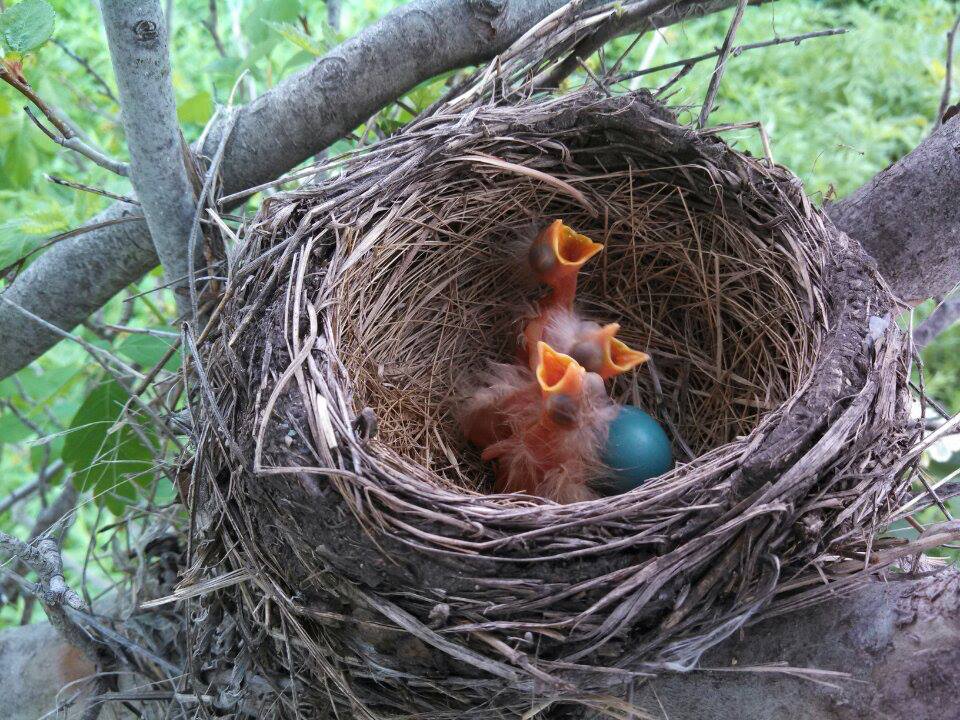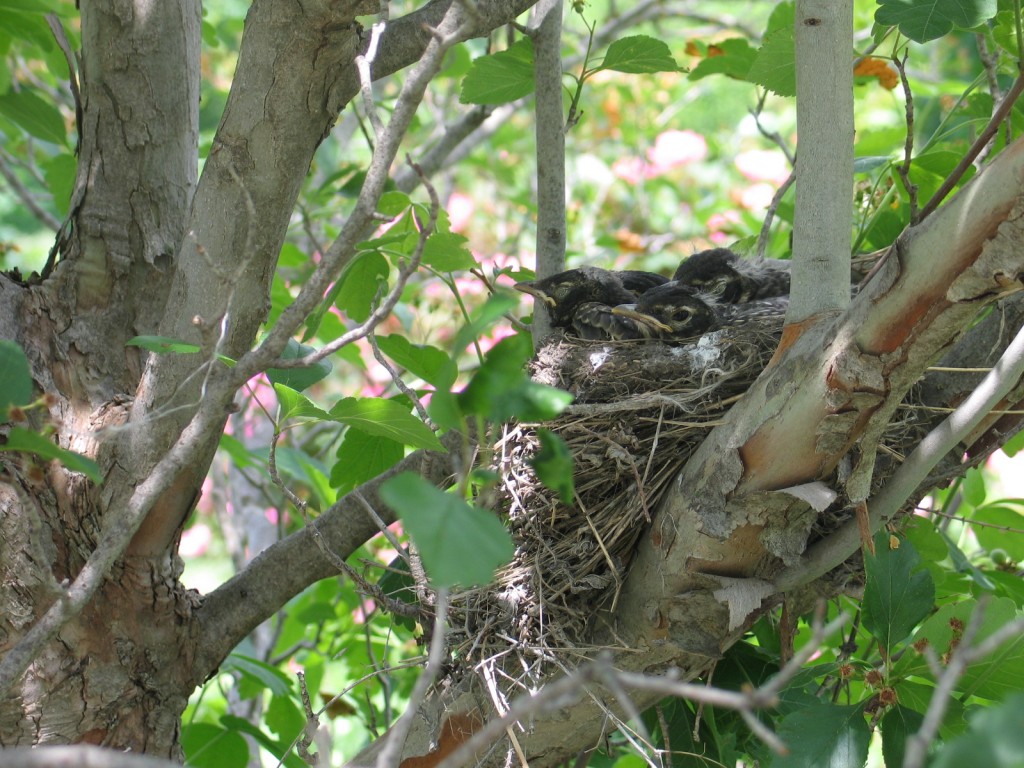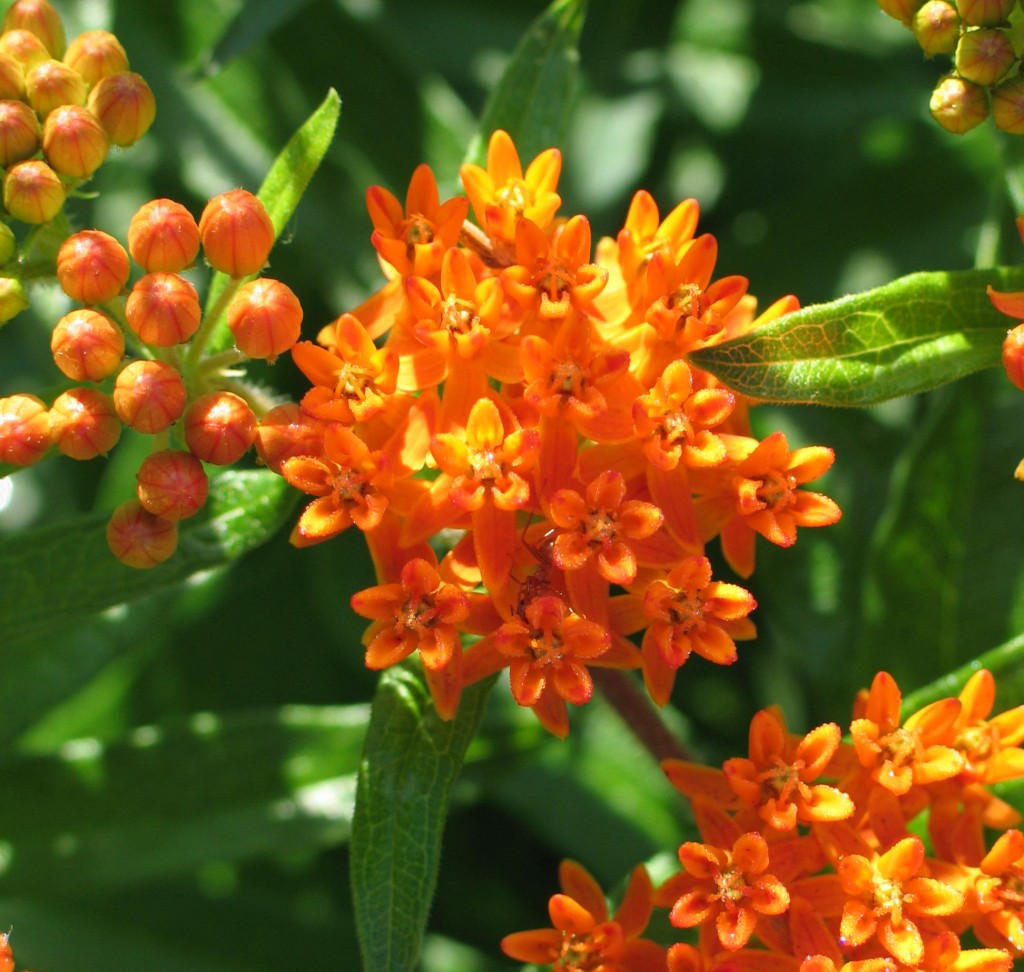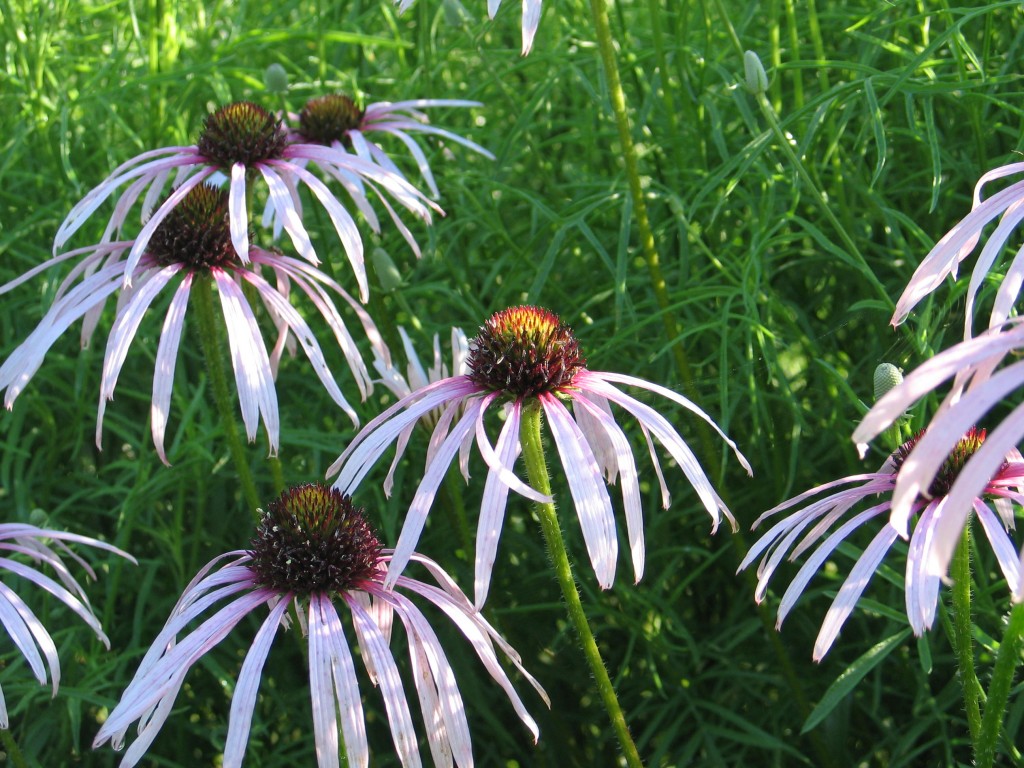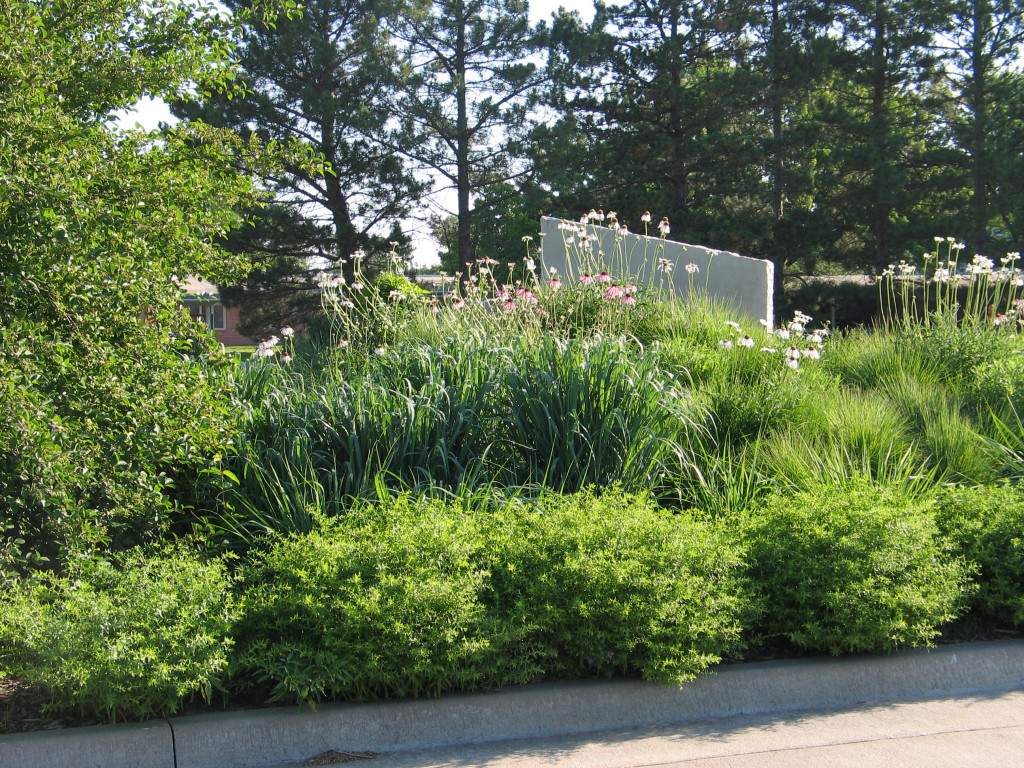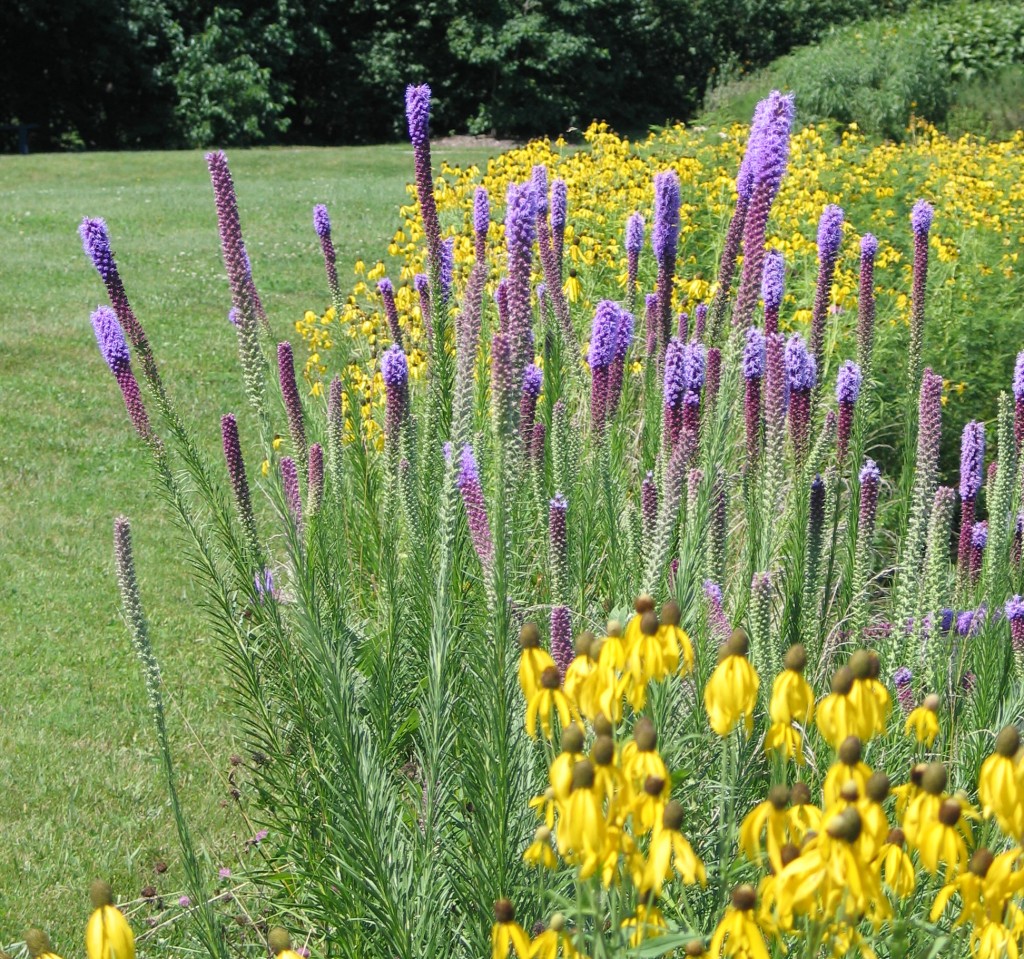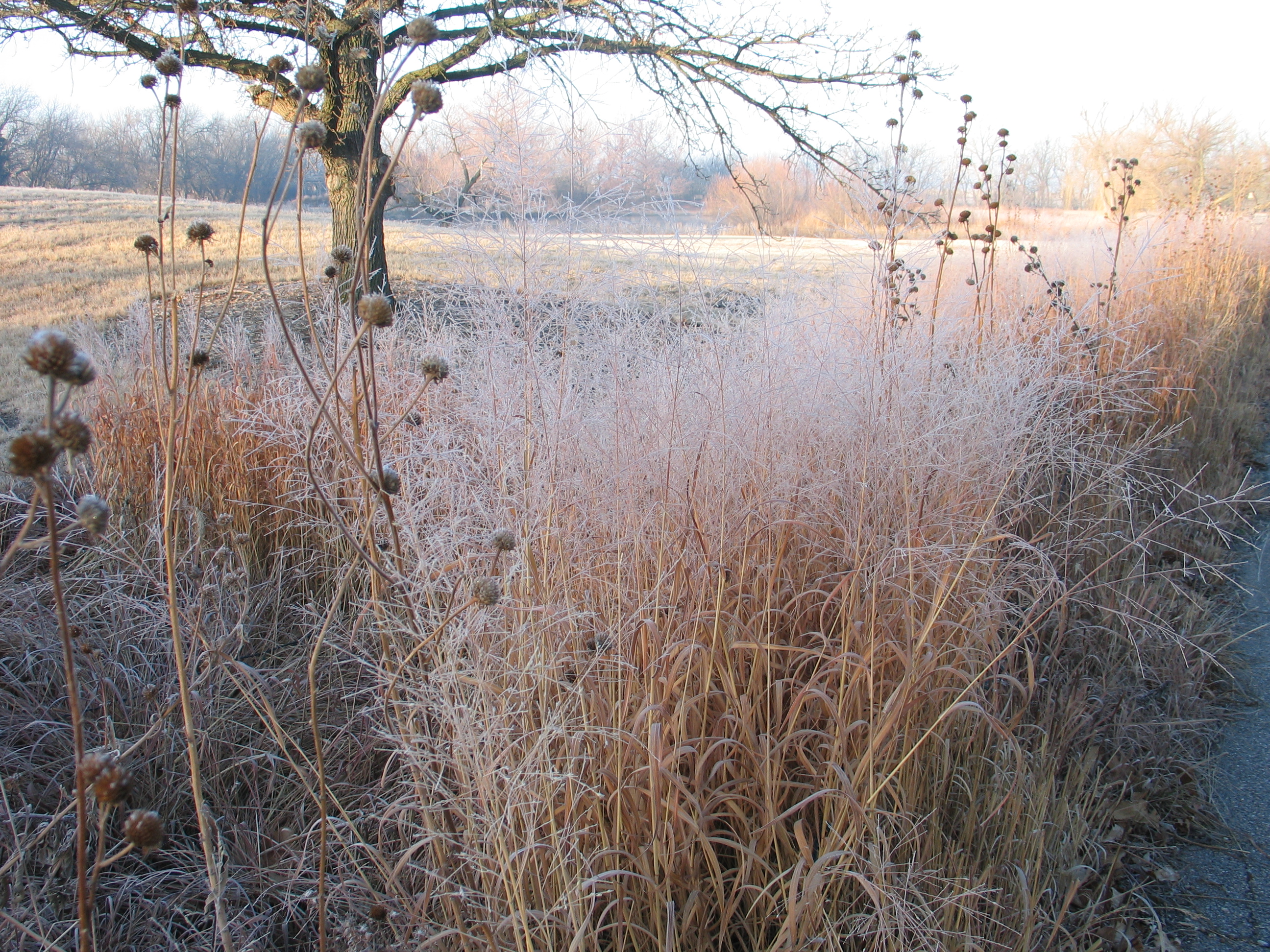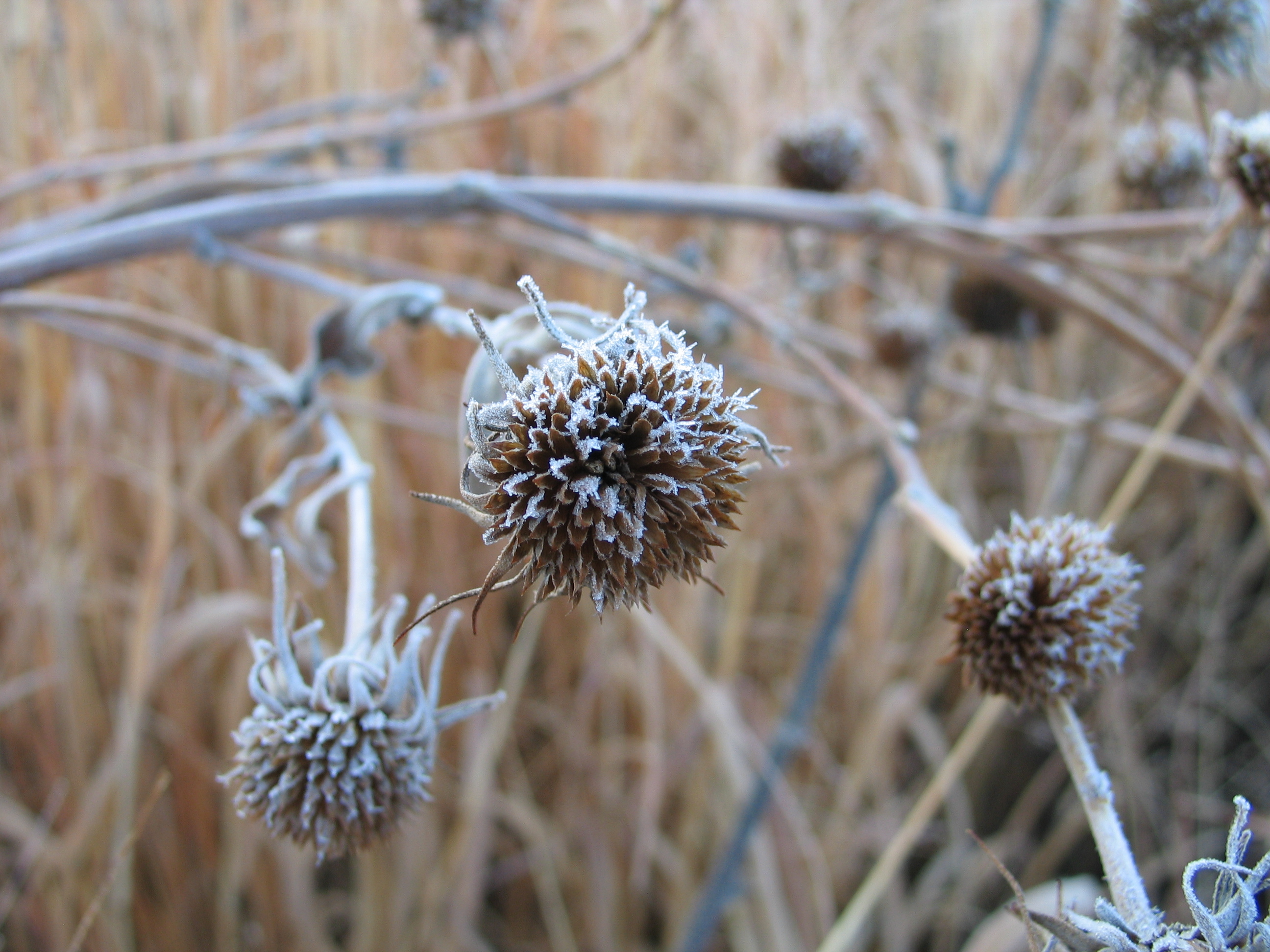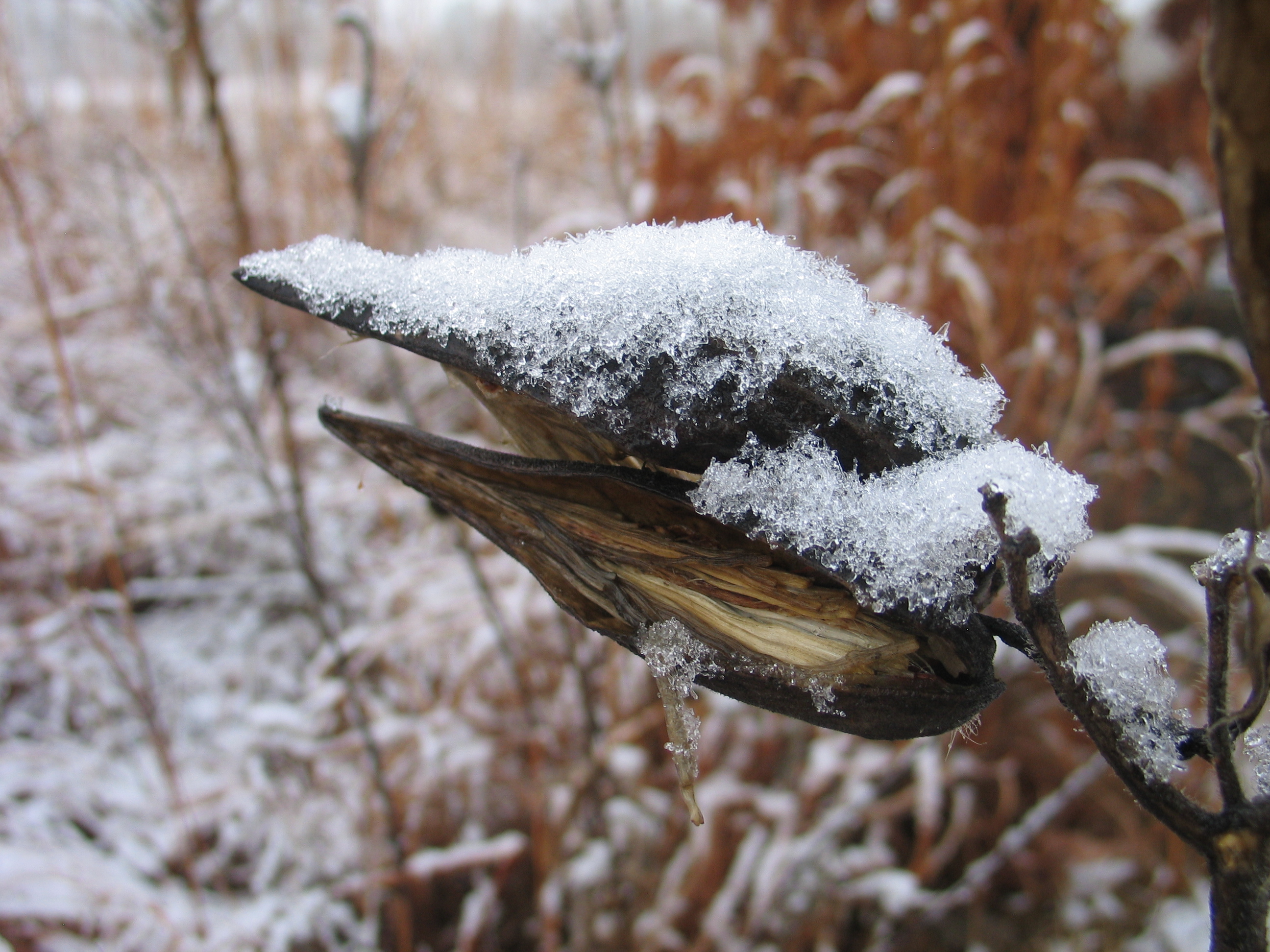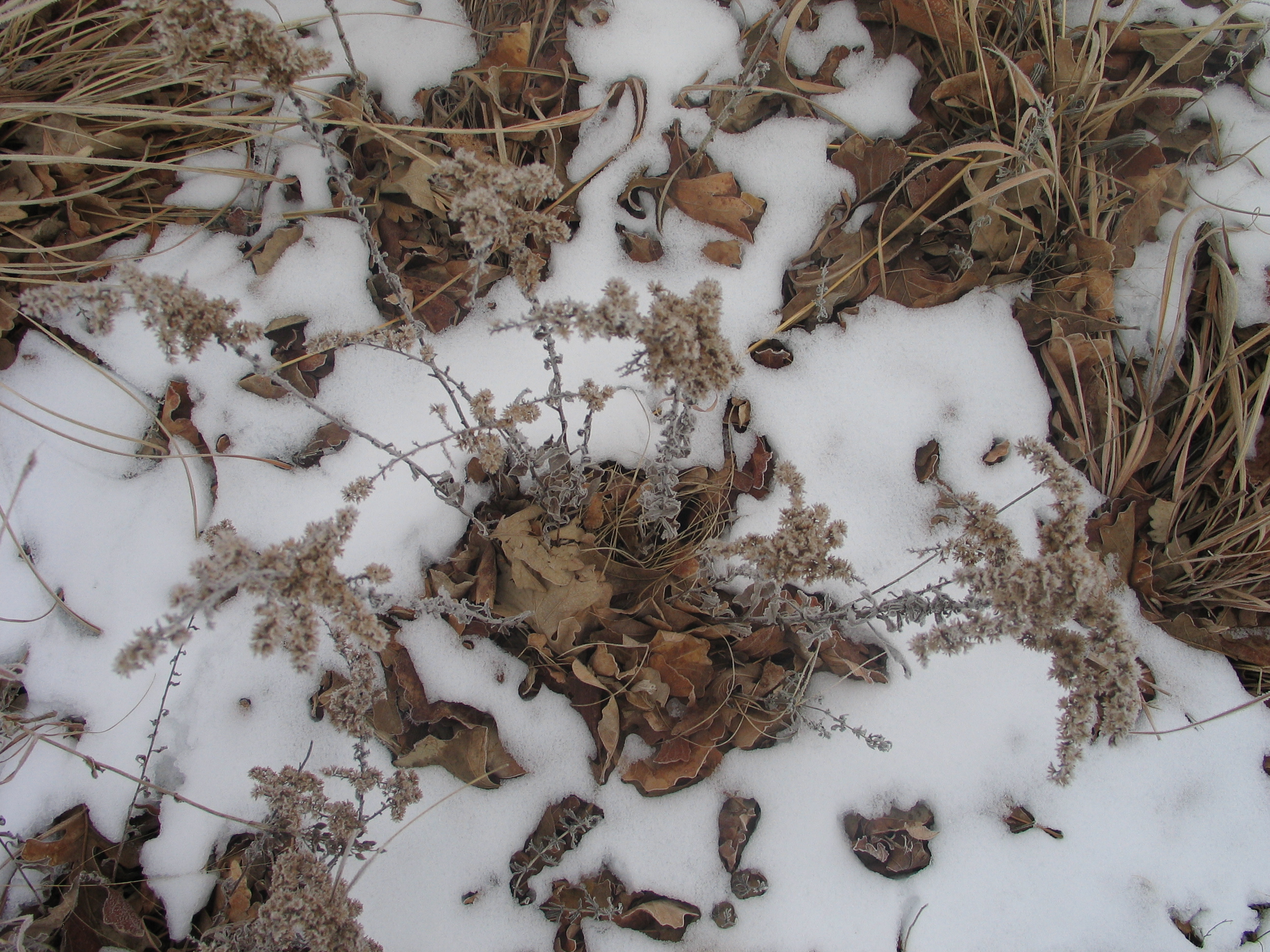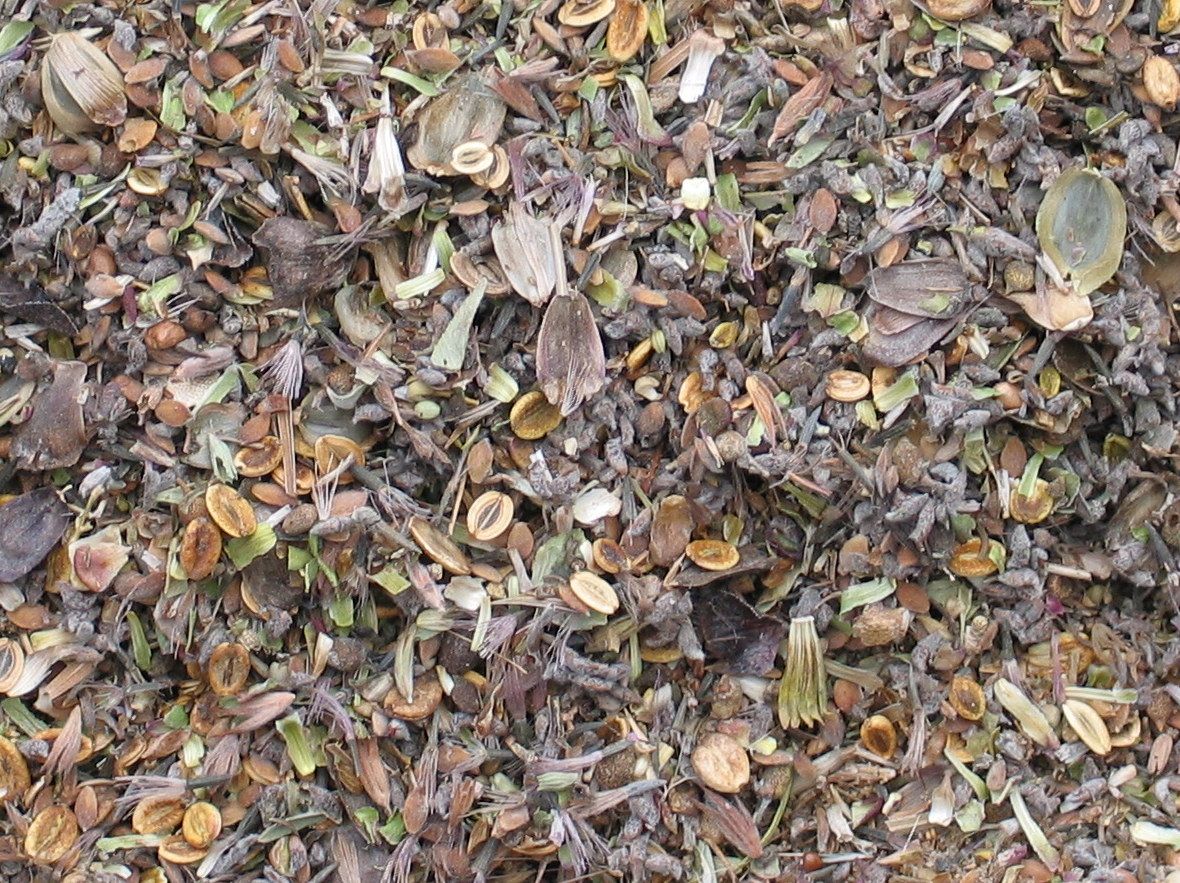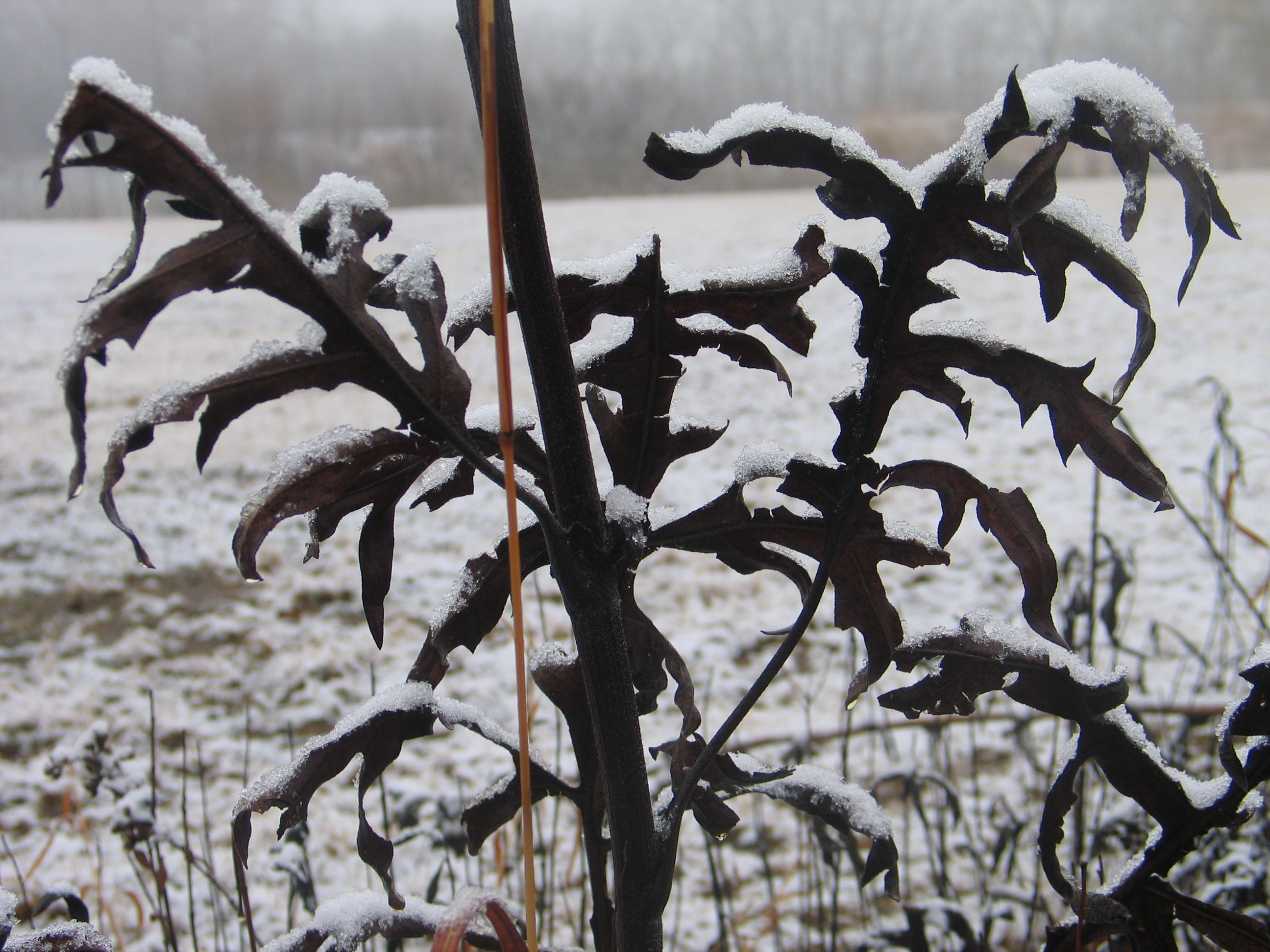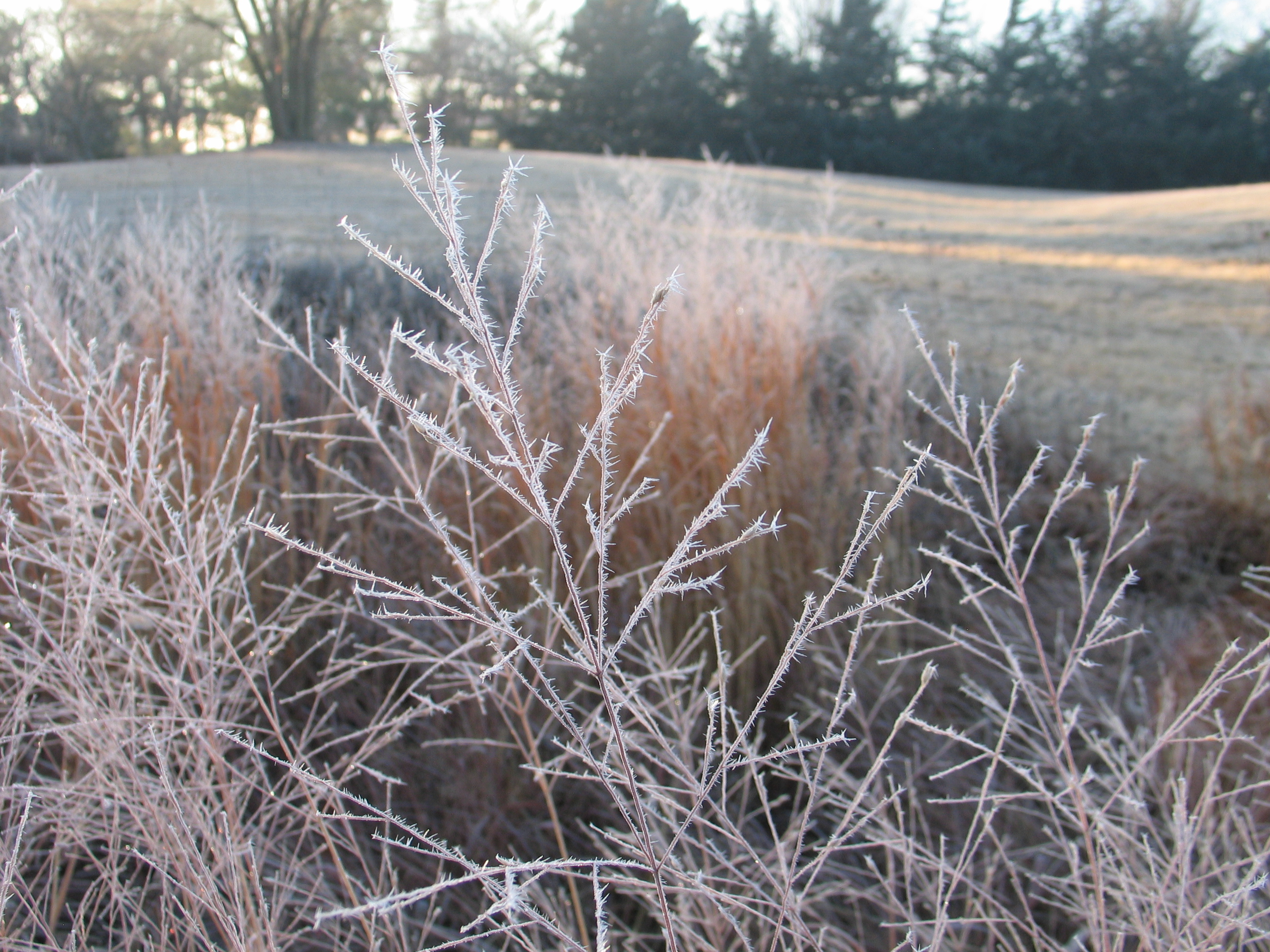This winter, I have been designing a landscape using native plants for the Northern Flint Hills Audubon Society in Manhattan. This design has been a great experience as I have evaluated the site and thought about what attracts birds to a landscape. Does the design provide the basic necessities of food, shelter and water for birds?
Here are a few things to keep in mind when planning to make your garden bird-friendly:
Certainly, native plants are a preferred food choice of birds. Fruit-bearing trees and shrubs can support a wide variety of bird species. Include plants that hold their fruits through the winter like Viburnums, Junipers and Sumac. Choose deciduous trees such oaks, maples, hackberries, mulberries, crabapples, serviceberries and dogwoods along with shrubs that will provide berries (viburnums, elderberries, sumac, and chokeberry), seeds and nuts at different times throughout the year. Native wildflowers like coneflowers, black-eyed susan, little bluestem, sunflowers (use with caution, these can be aggressive), and asters provide nutritional seeds that birds love.
Utilize trees, shrubs and perennials to simulate the natural layers of the wild. Birds seek out protection in dense evergreens in winter, while brush and impenetrable thickets keep nesting sites safe from predators. I like to leave a small brush pile and a few dead branches (unless they are dangerous to people or property) in our trees to provide insect food, nesting cavities, and shelter. Larger deciduous trees offer birds a higher vantage point for perching and resting. Ground-feeding birds sift through decaying leaves and even work through the outer layers of our compost pile.
A water source for birds can be as simple as a bird bath or as elaborate as a small pond. Any water source is like a magnet for birds. The sound of water is irresistible. Keep the water clean and fresh to eliminate the possibility of algae and diseases by changing water every few days. In winter, water is even more critical for bird survival. Keep water open and unfrozen by installing a thermostatically controlled heating element in your water feature. If birds find your reliable pool of water, they will continually visit your yard and you will be rewarded for your efforts with a diverse collection of colorful visitors each day.
The need for suitable habitat for birds has never been more important. Your yard can be part of the solution by providing a sanctuary for birds. Just, identify the missing elements and include them in your overall design. Birds need a safe place to land. Why not in your yard? I am guessing that with a few enhancements you can turn your landscape into an oasis for local and migrant songbirds.
Remember to garden for the birds! To prepare your native plant garden to attract birds this year, check out our 2015 Plant List and save the date for our FloraKansas Spring Plant Sale, April 23-27, 2015.


